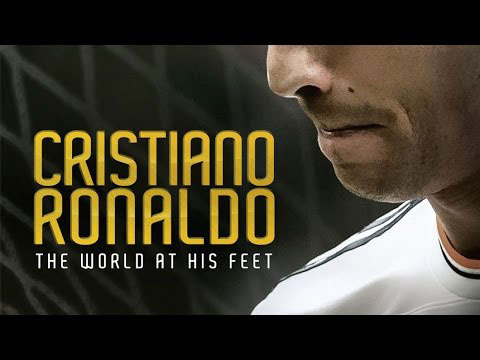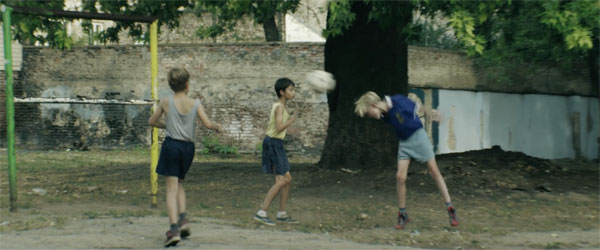Bon vivant and Barneys creative ambassador-at-large Simon Doonan knows him some fashion. He also knows him some soccer. This summer, his two passions come together in his latest book, SOCCER STYLE: The Magic and Madness.
The cultural man about town chatted with Kicking + Screening about the best uniforms, the cult of uniformity, and and why bad taste is actually good.
Doonan talks soccer style, along with Shawn Francis, Lucas Shanks, and Calen Carr, on Wednesday, May 23. Get your tickets here.
Photo: Joe Gaffney
K+S: Let’s get right to it: What’s your all-time favorite football jersey from a style perspective? Why?
Doonan: I am an Op-Art freak so I have to go with Newcastle, which means I also dig Juventus. Those black and white vertical stripes are a visual delight. From the players point of view these shirts are primo. They make every guy on the field look heroic and fierce. #flattering
I am also a fan of demented car-crash over-the-top shirts. I cheered when Norwich had their "egg and cress” moment. I loved the Arsenal “bruised banana” shirt in the 90’s. Not every shirt needs to be tasteful. As Diana Vreeland said, “Bad taste is a good thing. It’s like a nice splash of paprika."
K+S: Why do European footballers look so damn stylish all the time?
Doonan: European lads see vanity as a life-affirming thing, and they have a much easier relationship with designer clothing. The Brits still worry that spending too much time in Gucci is going to compromise their masculinity and cause their willies to fall off.
K+S: What’s your favorite football film? Why?
Doonan: I love an indie doc, but the mega documentary about Cristiano Ronaldo was revealing and quite melancholy. It offered a haunting glimpse into the psyche of a dude who is globally recognized but strangely unknowable.
K+S: The World Cup is coming up this summer. You ya got?
Doonan: A few months back Gareth Southgate announced that the WAGS would be welcome in Russia. They have been absent since the crazy days in Baden Baden back in 2006, when they generated hilarious press and major distraction. I am ready for a good WAG moment. It would take the edge off the anxious Russia situation… or maybe add to it.








